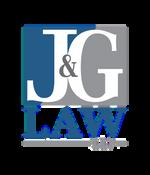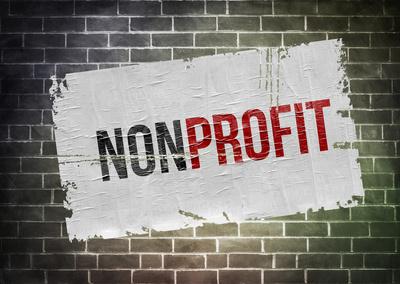

NOT-FOR-PROFIT 101
Understanding Nonprofit Governance
Nonprofits are regulated by both federal and state laws In New York, nonprofits are subject to the New York Not-for-Profit Corporations Law and oversight by the New York Attorney General's Office.
Key Responsibilities of
Board of Directors
1 Duty of Loyalty: Put the organization's interests first, avoiding personal conflicts.
2.Duty of Care: Give necessary attention to the organization's activities; familiarize yourself with bylaws, budget, and financial statements
Risks and Risk Management
1.Personal Liability: Failure to follow corporate formalities may result in personal liability
2.Insurance: Directors and Officers (D&O) insurance and programming insurance.
Conflicts of Interest and Related-Party Transactions
1 Conflict of Interest Policy: Mandatory policy to ensure directors, officers, and key employees act in the organization's best interests.

3.Duty of Obedience: Comply with laws, certificates of incorporation, bylaws, and board resolutions.
Governing Documents
1 Certificate of Incorporation: Defines the organization's purpose and mission.
2.Bylaws: Outline the organization's structure, management, and operations.
Corporate Formalities and Governance


2.Related-Party Transactions: Procedures for disclosing, reviewing, and approving transactions.
Additional Requirements
1.Whistleblower Policy: Mandatory policy for corporations with 20+ employees and $1M+ annual revenue
2.Restricted Funds: Funds raised for a specific purpose must be used for that purpose.

1.Board Meetings: Regular meetings with proper notice, agenda, and minutes.
2.Officers and Directors: Clearly defined roles and responsibilities.
3 Financial Oversight: Regular financial reporting and monitoring.



NOT-FOR-PROFIT 101
Legal Remedies
1.Right to Inspect Books and Records: Members have the right to inspect some corporate records.
Injunctive Relief
Obtain court orders or temporary restraining orders to halt harmful conduct.
Removal of Board Members

2 Removal of Officers and Directors: Possible for cause or without cause, depending on the circumstances.
3.Derivative Actions: Members can bring actions on behalf of the organization against the board of directors.
Attorney General Oversight
The New York Attorney General's Office has oversight authority over nonprofits, including:
1 Dissolution: Court-supervised process for dissolving a nonprofit.
2.Disposition of Assets: Oversight of the sale or transfer of substantially all assets.


Petition the court to remove directors or trustees who breach fiduciary duties.
Restitution
Seek recovery of misappropriated funds, often paired with disgorgement
Rescission/Unwinding Transactions
Undo improper deals that compromise the organization’s assets.
Equitable and Structural Remedies
Impose governance reforms, mandate independent audits, negotiate consent decrees, or even pursue dissolution or reorganization in severe cases.
This is not intended to be legal advice. You should contact an attorney for advice regarding your specific situation.

By understanding these key aspects of nonprofit governance, organizations can ensure compliance with laws and regulations, maintain transparency and accountability, and fulfill their mission.


